The heat broke all records
April and May are typically the start of the hot season in Southeast Asia. But this year, the heat has reached unprecedented levels in most countries in the region.
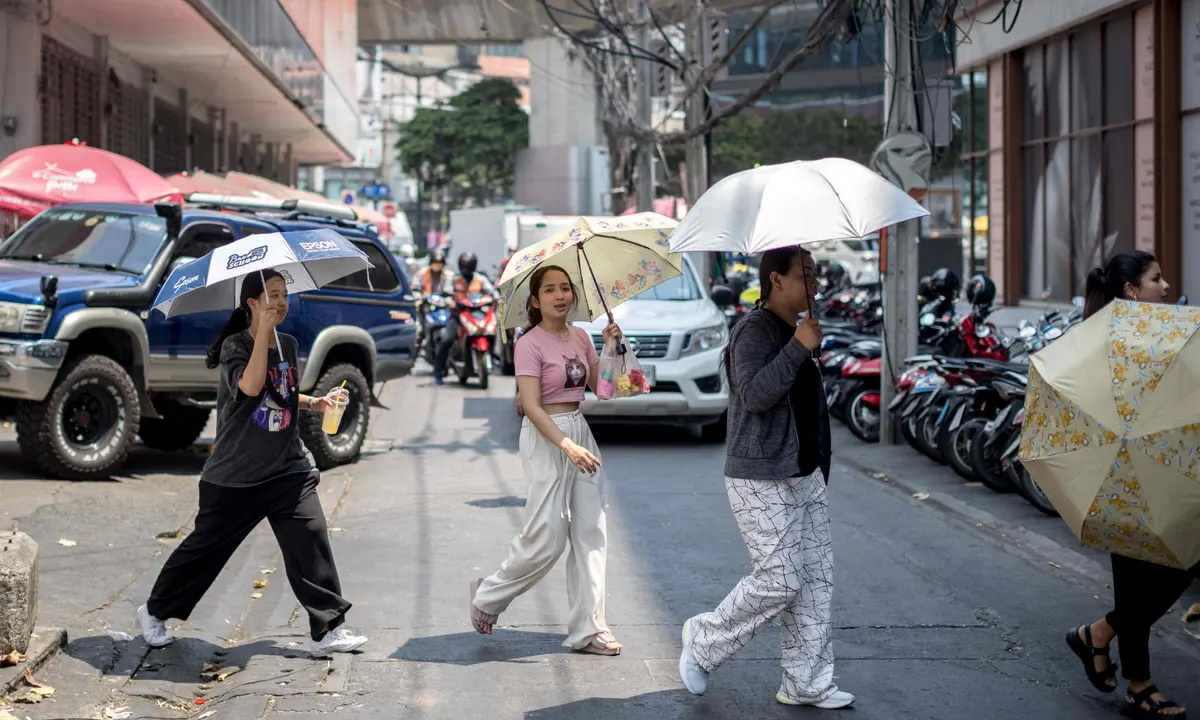
People rush to cross the street in the heat of over 40 degrees Celsius in Bangkok, Thailand. Photo: Guardian
Thailand saw its hottest day on record at 45.4 degrees Celsius on April 15, while neighboring Laos had a high of 43.5 degrees Celsius for two consecutive days in May. And Vietnam's all-time record was broken in May, with 44.2 degrees Celsius, according to data analysis by climatologist and weather historian Maximiliano Herrera.
Herrera, who is in charge of weather statistics for Guinness World Records, described the situation in Southeast Asia as “the most intense, unending heatwave” that has continued into June. On June 1, Vietnam broke its record for the hottest June day on record with 43.8 degrees Celsius – with 29 days left in the month.
Singapore, which is considered cooler, also set a record for its hottest May in 40 years. Temperatures in the Lion City hit 37 degrees Celsius on May 13, which the National Environment Agency of Singapore said was the highest May temperature ever recorded in its four decades of records.
Seasonal record high temperatures were also recorded in China and South Asian countries such as India and Bangladesh. In China, Shanghai experienced its hottest May day (36.1 degrees Celsius) in more than a century on May 29. A day later, a weather station in the southeastern tech manufacturing hub of Shenzhen also recorded a May record of 40.2 degrees Celsius.
Meanwhile, the India Meteorological Department issued a heatwave warning for seven southern and central states in mid-May, and extended it to the capital New Delhi and several northern states as temperatures soared above normal. In the northern state of Uttar Pradesh, temperatures crossed 45 degrees Celsius and the India Meteorological Department warned that the heatwave would continue.
Similarly, Bangladesh also recorded its hottest April in 58 years, when temperatures measured in Chuadanga province, in the west of the South Asian country, on April 15 reached a record 42.2 degrees Celsius.
“Once in 200 years” heat wave
In a recent report from World Weather Attribution (WWA), an international coalition of climate scientists , said the April heatwave in Southeast Asia was a once-in-200-year event and “almost impossible” without human-caused climate change.
Extreme heat waves increase the risk of human-caused climate change. Research by the World Weather Attribution Group found that the April heatwave that hit parts of South and Southeast Asia this year was 30 times more likely to have been caused by climate change.
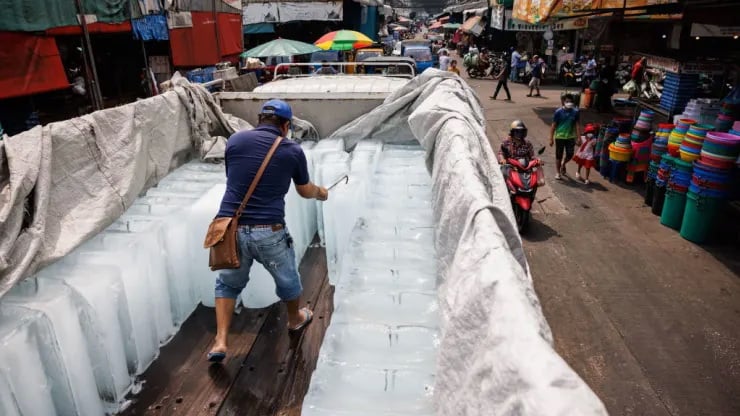
Ice is a hot item as “feel-good temperatures” have reached dangerous levels in Southeast Asia. Photo: CNN
To understand the health risks of humid heat, scientists often calculate “felt temperature” — a measurement that is believed to be the most accurate way to measure how hot a person feels when air temperature and humidity are taken into account, sometimes along with other factors like wind or chills.
“Feeled temperature” is usually a few degrees higher than observed temperature and gives a more accurate indication of how heat affects humans.
CNN analysis, using data from the Copernicus Climate Change Service, found that from early April to late May, all six countries in mainland Southeast Asia reached “perceived temperatures” of nearly 40 degrees Celsius or higher every day. That’s well above the threshold considered dangerous, especially for people with health problems or those not accustomed to extreme heat.
In Thailand, 20 days in April and at least 10 days in May had “perceived temperatures” above 46 degrees Celsius. At this level, heat stress becomes “extreme” and is considered life-threatening for anyone, including healthy people accustomed to extreme heat and humidity.
Vietnam, Cambodia, Laos and Malaysia also had several days of “extreme” heat throughout April and May. Myanmar had 12 such days until Cyclone Mocha hit the country on May 14, cooling the air but causing severe damage to infrastructure and homes.
The April-May heatwave in Southeast Asia caused widespread hospitalizations, damaged roads, sparked fires and forced school closures, according to a report by World Weather Attribution (WW).
According to WWA experts, due to climate change, the perceived temperature is two degrees warmer than it would be without pollution-induced global warming.
“As the atmosphere gets warmer, its ability to hold more moisture increases, and so the likelihood of heat waves increases,” Zachariah, one of the report’s authors, told CNN. If global warming continues to rise by 2 degrees Celsius, such heat waves could become 10 times more frequent, he said.
What is the solution to adapt?
Aside from the direct risks to human health and life, another important threat from heatwaves lies in their impact on food security. Heatwaves damage crops and have a major impact on water supplies for agriculture .
Therefore, according to Dr. Vinod Thomas of the ISEAS-Yusof Ishak Institute, a social, policy and environmental research center in Singapore, comprehensive decarbonization of the economy is the only long-term answer to global warming.
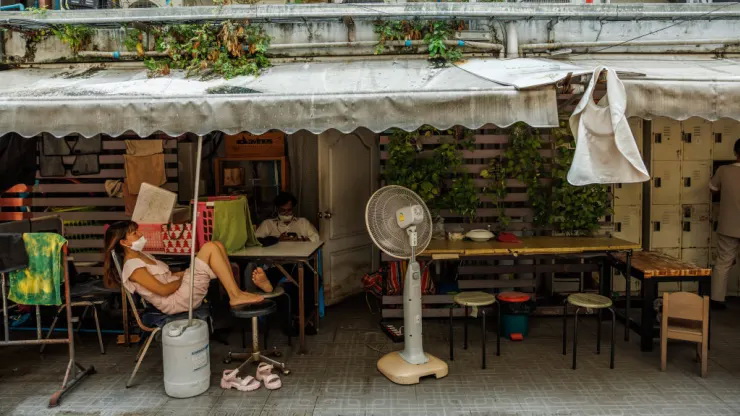
People in Southeast Asia are struggling to adapt to heat waves and other extreme weather conditions of climate change. Illustration photo: GI
ASEAN countries must also invest in building climate resilience. New agricultural practices that use less water, such as drip irrigation, must be encouraged, while farmers need support to switch to heat-tolerant crop varieties. Laws against slash-and-burn farming must be effectively enforced, to cut not only air pollution but also carbon emissions.
Food security can also be supported by reducing waste. One-third of all food produced worldwide – 1.3 billion tonnes – is lost or wasted every year, contributing up to one-tenth of global greenhouse gas emissions.
Up to 50% of cassava losses in Thailand occur during harvest and post-harvest. Only 10% of perishable foods in India have cold storage, leaving 30% of fruits and vegetables lost, according to research by Dr. Vinod Thomas.
Plans to implement green cooling solutions also need to be stepped up across Southeast Asia. In urbanized areas, heat is trapped by concrete and asphalt in buildings and roads during the day, then released at night, leading to the urban heat island effect.
As part of the “Singapore Green Plan 2030”, the country is implementing sustainable cooling solutions, such as distributed district cooling in Tampines. In this energy-efficient system, chilled water is generated in a central cooling plant, which is then piped to different buildings through an underground network to provide air conditioning.
Alongside such technologies, street trees, urban forests and green roofs can help cool urban areas. These solutions are inexpensive, sustainable, and can be implemented by any country.
Nguyen Khanh
Source


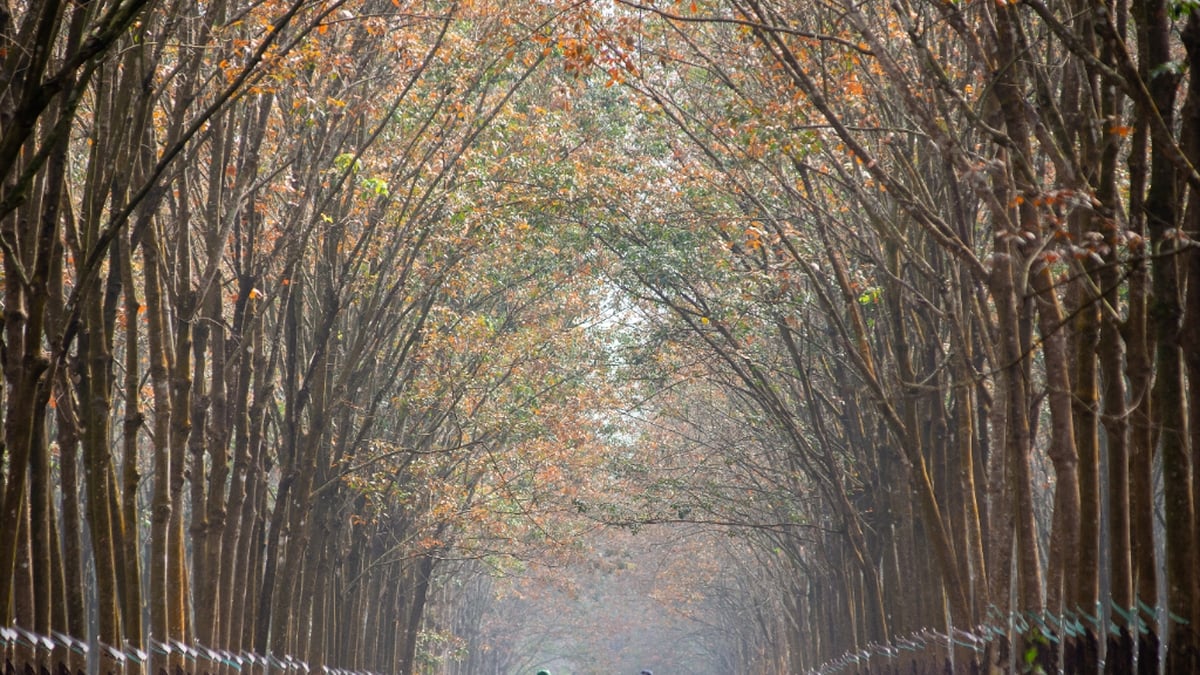

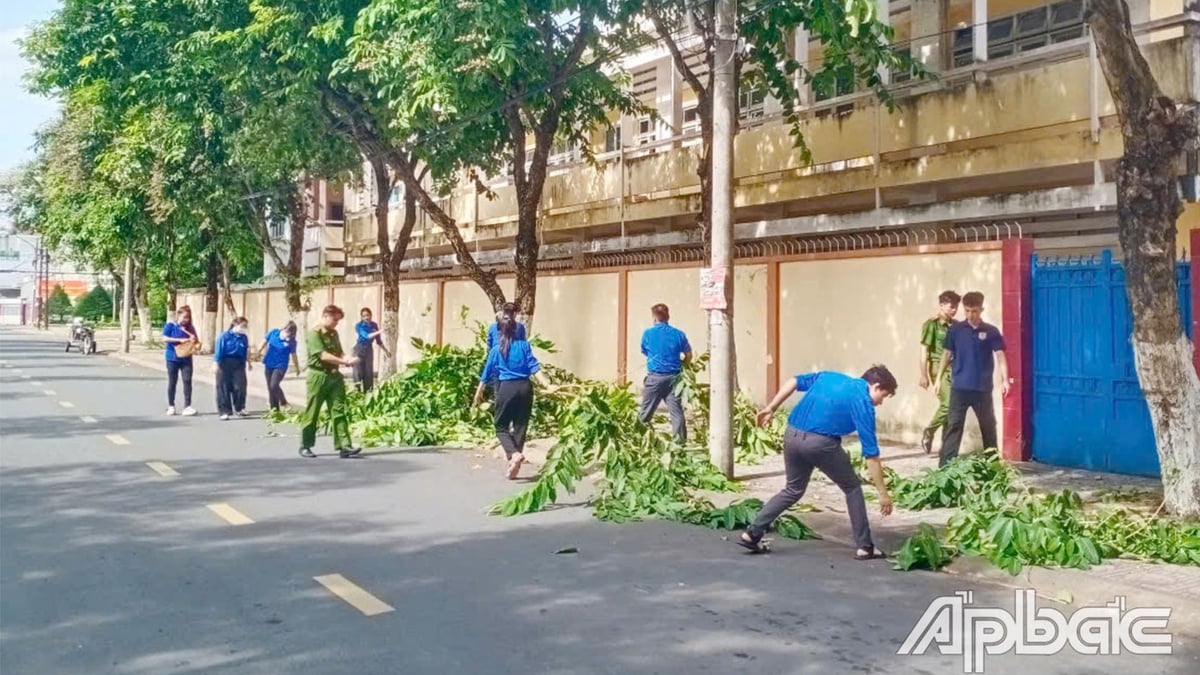
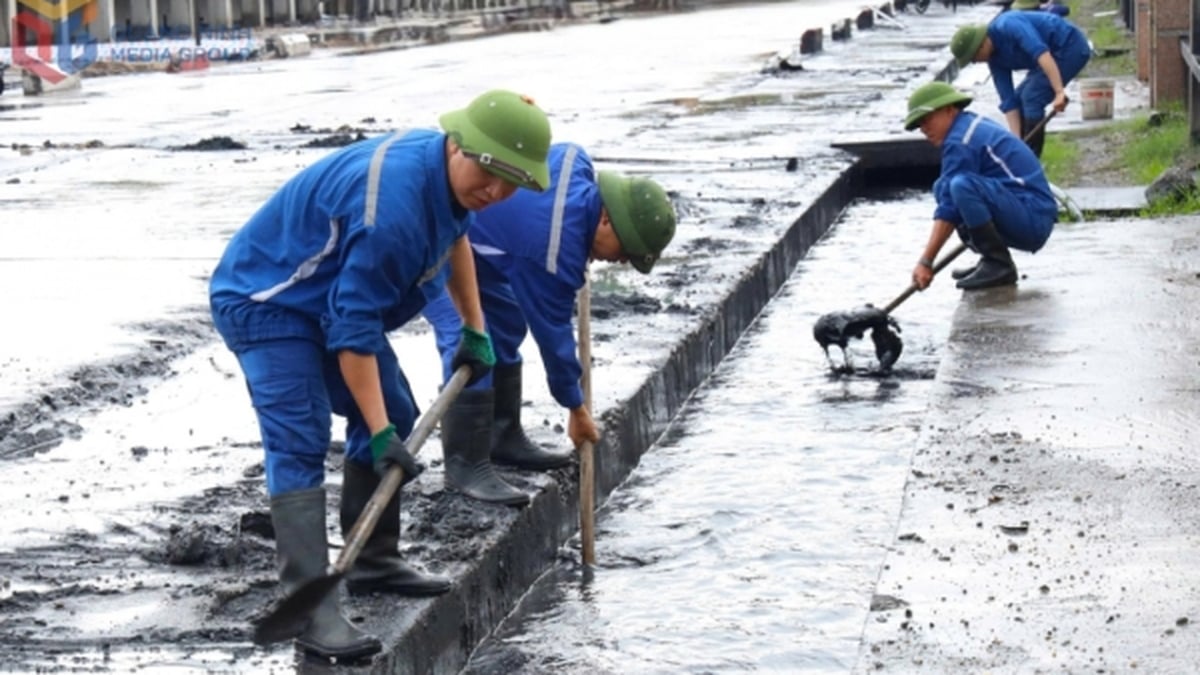
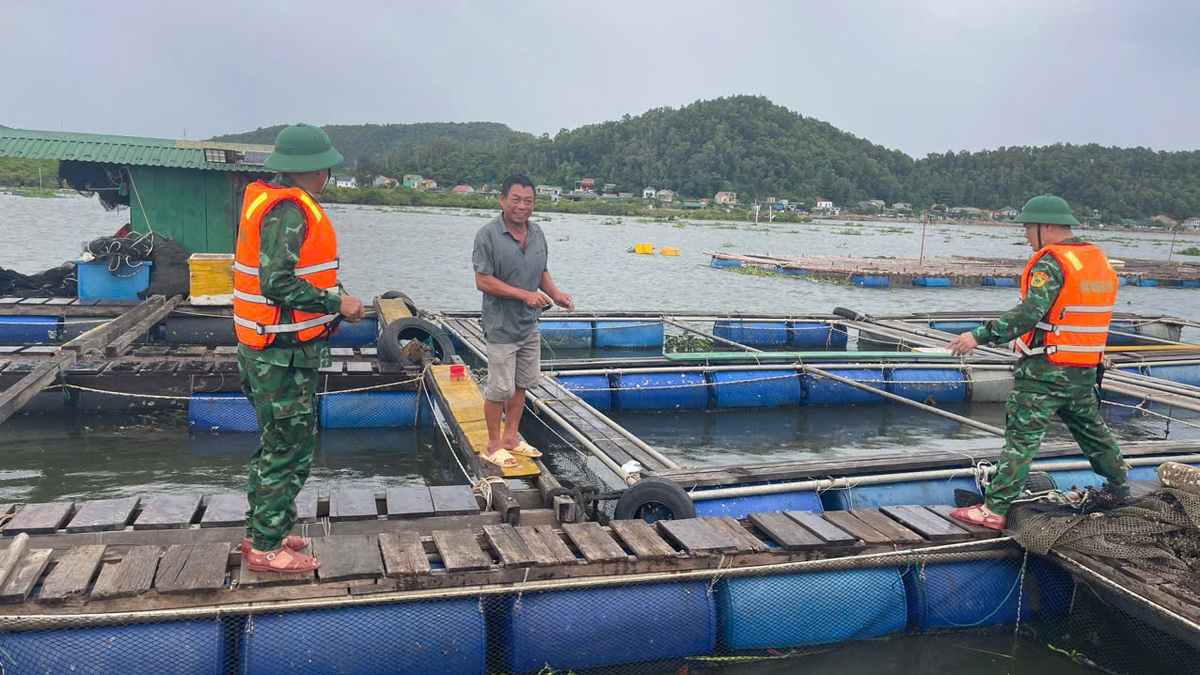
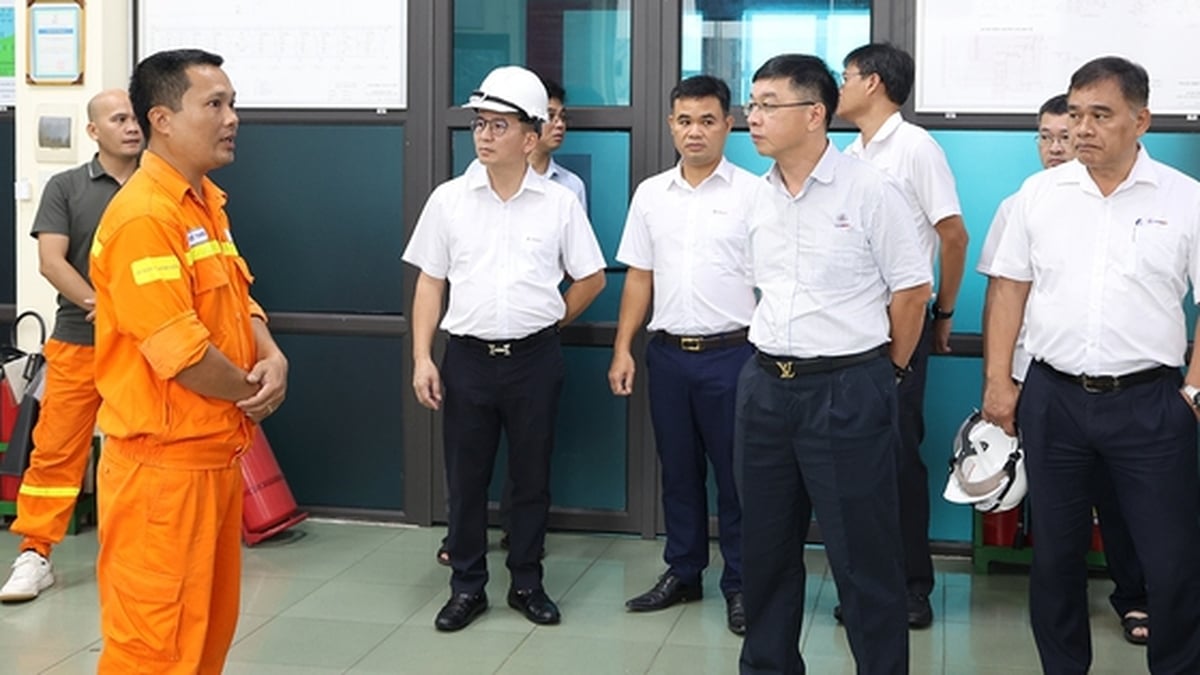

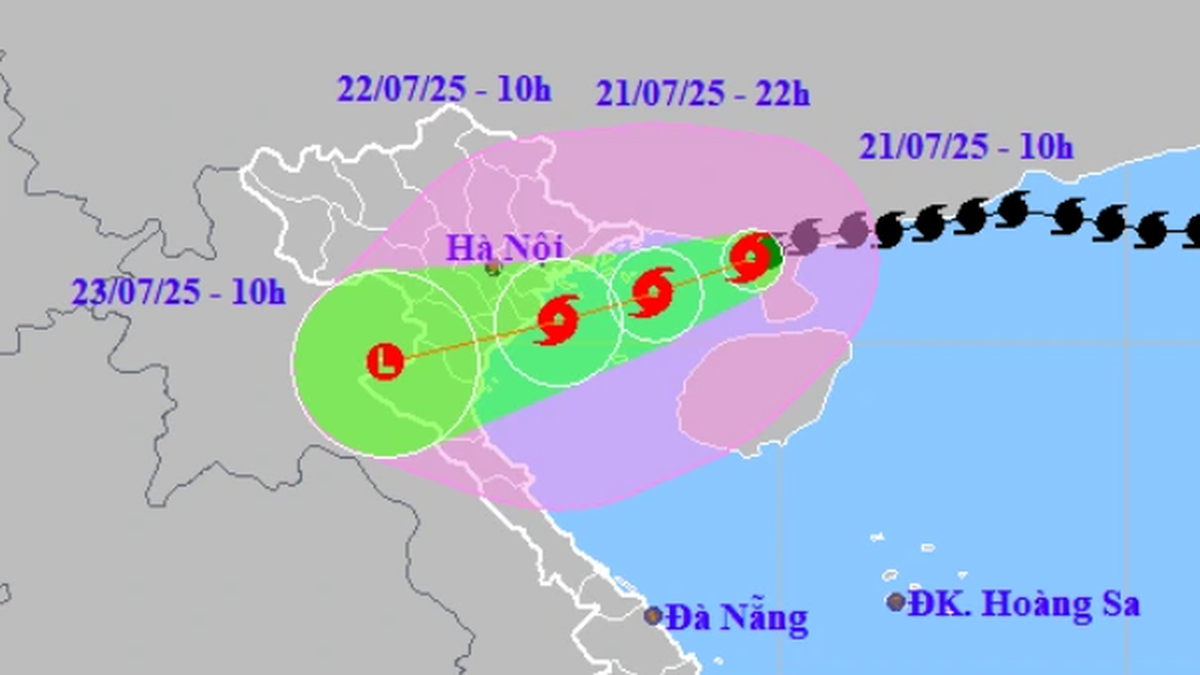
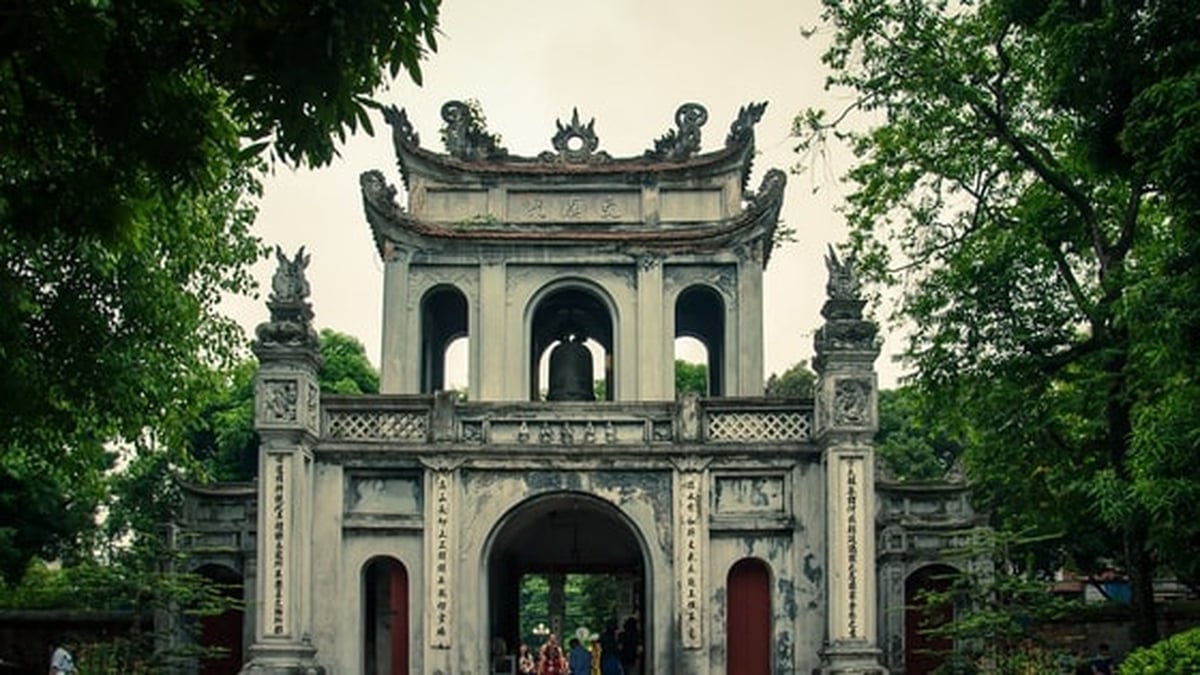
















![[Photo] National Assembly Chairman Tran Thanh Man visits Vietnamese Heroic Mother Ta Thi Tran](https://vphoto.vietnam.vn/thumb/1200x675/vietnam/resource/IMAGE/2025/7/20/765c0bd057dd44ad83ab89fe0255b783)


































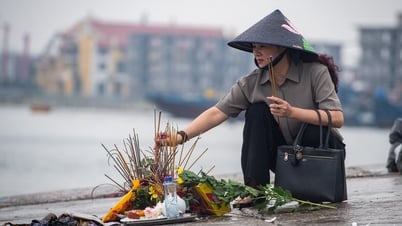

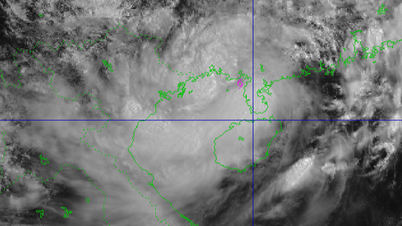

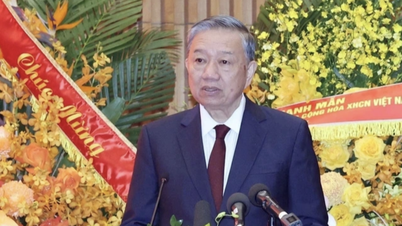



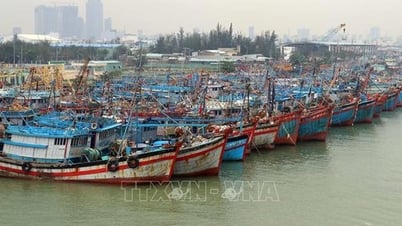




























Comment (0)